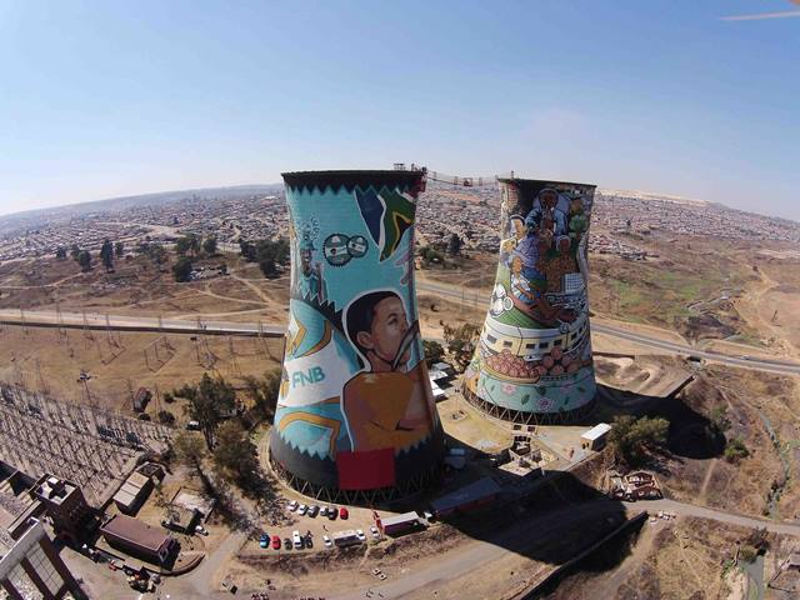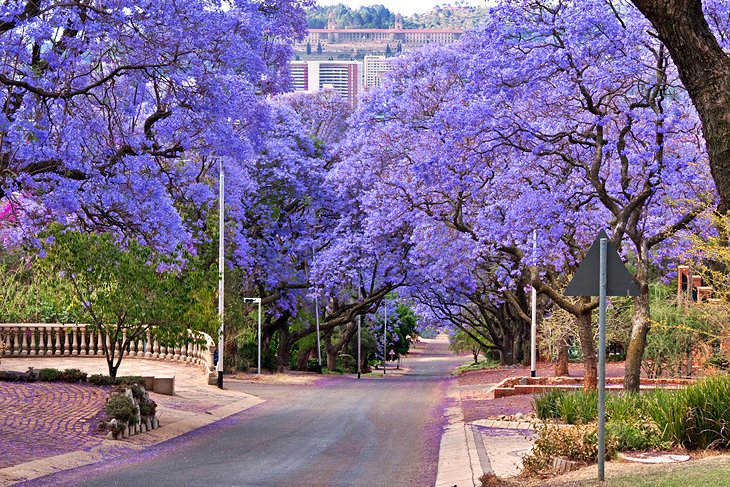5 Simple Techniques For Johannesburg North Attractions
Wiki Article
Not known Facts About Johannesburg North Attractions
Table of ContentsNot known Incorrect Statements About Johannesburg North Attractions Johannesburg North Attractions - TruthsJohannesburg North Attractions - The FactsThe 9-Second Trick For Johannesburg North AttractionsJohannesburg North Attractions - An OverviewThe Single Strategy To Use For Johannesburg North Attractions
The city grew on the side of the Witwatersrand Key Coral reef, a subterranean stratum of gold-bearing quartz-silica corporation that arcs for hundreds of miles underneath the Highveld - Johannesburg North attractions. Many of the gold mines in the city stopped operation in the 1970s, however in its day the Witwatersrand gold market accounted for more than 40 percent of the world's yearly gold production.Johannesburg has a pleasant environment. Summer season temperatures balance concerning 75 F (24 C); wintertime temperature levels average regarding 55 F (13 C) and only occasionally dip below cold. The city delights in concerning eight hours of sunlight daily in both winter months and summertime. Rainfall averages regarding 28 inches (700 millimetres) per annum, yet the total differs substantially from year to year.
What rainfall the city receives drops nearly specifically in the summer months, commonly in magnificent late-afternoon electrical tornados., where several locals still depend on coal for fuel.

The Only Guide for Johannesburg North Attractions
The balance of the city is inhabited by whites. Holiday accommodation varies in personality and top quality. Soweto is notorious for its limitless rows of municipally constructed, two-room matchbox homes, yet it likewise has a few prosperous enclaves as well as bursting squatter camps, where 10s of thousands live without water, electricity, or cleanliness centers.Physical growth, although rather restricted by transport, proceeded swiftly as immigration to South Africa, and Johannesburg specifically, boosted dramatically. This issue was addressed in the 1930s when the vehicle was introduced in automation to South Africa. Cars were, essentially, constrained to the affluent, and permitted them to relocate to the north of the city and commute right into the centre.
Many bad residential areas were mixed, with inadequate blacks and whites living with each other, although the wealthy residential areas were normally reserved for whites.
The approximated population Clicking Here of the area is 200,000, [] but the number of individuals residing in the inner city on an informal basis is unidentified, as many are prohibited immigrants. The majority of higher-income homeowners and white people have moved to the north suburban areas and have been replaced by lower-income black individuals. The unemployment, education, and age profiles of the area are all unidentified, because of the trouble of getting trusted details concerning the location.
See This Report about Johannesburg North Attractions
Centred on the CBD, the area consists of the suburbs of Yeoville, Bellevue, Troyeville, Jeppestown, and Berea to the eastern. To the west it spreads to Pageview (Johannesburg North attractions) and Fordsburg. There are tiny commercial locations to the south, such as City West-Denver and Benrose. Around 800,000 commuters pass through the internal city every day, and it functions as a regional shopping node for site visitors from the southerly suburban areas. Yeoville and Bellevue have a mix of apartment or condo structures and single property systems on tiny whole read review lots. The area is situated on a hilly divide that runs from eastern to west.
The Only Guide for Johannesburg North Attractions
R. Tambo International Airport Terminal). The eastern suburbs are several of the oldest locations of Johannesburg, there are huge neighborhoods of Jewish and other European histories, most of the populace is English talking. There are three fairway along with a variety of protected ridges with viewsites. There are numerous strong and up-market home entertainment and shopping locations in the east such as the Eastgate Mall and the Greenstone mall.The area is primarily made up of old "matchbox" homes, or four-room residences developed by the federal government, that were developed to supply economical accommodation for black workers during discrimination. Soweto is an abbreviation, meaning "South Western Townships". Street after street in this location is lined with matchboxes; nevertheless, there are a few smaller sized areas where thriving Sowetans have constructed homes that are much more similar in stature with those in more upscale suburban areas.
Hostels are one more noticeable physical feature of Soweto. Originally built to house male migrant employees, numerous have been improved as houses for couples and families. The N1 Western Bypass skirts the eastern boundary of Soweto. The suburb was not traditionally allowed to develop employment centres within the area, so practically all of its locals are travelers to various other parts of the city.
Some Known Details About Johannesburg North Attractions
The property locations in the northern suburban areas are primarily formal, with no my response significant locations of casual real estate, or real estate that does not have an irreversible structure. This is a recognized area, there is a trend of land usage adjustment from property to business, especially along primary arterial roadways and around well established nodes.Roads to the east and west are much less well developed, as there are no freeways travelling in that direction. Towards the northern border of the city, the thickness of development reduces, leaving large locations of undeveloped land around Midrand.
Unknown Facts About Johannesburg North Attractions
, which is located on a hill neglecting the inner city and Hillbrow.Report this wiki page